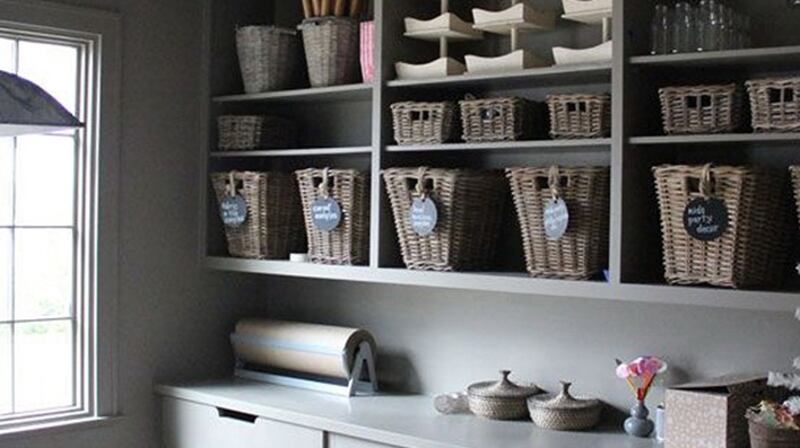"Storage experts are hoarders." This quote from Marie Kondo's The Life-Changing Magic of Tidying Up: The Japanese Art of Decluttering and Organising sure got my attention.
I was lent the book by a friend who kindly insisted that I didn’t need to read it, but I was intrigued to see what lessons I could learn to hone my organisational skills. I love a good clear-out, so I simply had to put Kondo’s principles to the test. And I must say I was impressed.
The whole principle is centred on the fact that tidying must begin with discarding. When deciding what to discard, Kondo recommends that you pick up each item and ask, “Does this spark joy?” Sounds a bit cheesy, but what it actually means is that if you don’t really love something it shouldn’t be in your home taking up valuable space. Sound advice.

She also advocates that you don’t tidy by room but by category. Take clothes. They can be dispersed all over the house, so you should tackle this category in one go. The same applies to books. In fact, she has an order that she recommends you follow for each category, starting with clothes and finishing with the more personal or sentimental items that can be the hardest to get rid of.
Four bags
I had spent the bank holiday clearing out my son’s room to make way for new wardrobes. I had thought that I had been pretty ruthless, managing to donate and throw out four bags of stuff. Now, faced with the task of putting everything back, I decided to tackle the reorganisation using Marie’s rules.
Starting with books, I spread everything out on the floor as recommended and ended up with two boxes full of books to donate to charity. Next was toys. Again I spread everything out and went from room to room gathering up all the toys that I could find. Result: two bags of unwanted stuff.
I ended up with not only a perfectly organised and tidy room for my son, but the sitting room and my younger son’s room were in perfect order too.
Too much stuff
Clutter is caused by too much stuff; according to Kondo, “we have no idea how much stuff we actually own”. She maintains that “until you’ve completed a once in a lifetime event of putting your house in order, any attempt to tidy on a daily basis is doomed to failure . . . You have to be able to experience a state of perfect order first to be able to maintain it.” So start by discarding.
Perhaps my favourite line in the book is this one: “My basic principle for papers is to throw them all away. ‘There really is nothing more annoying than piles of papers; every home has a spot where letters, bills, school handouts etc. tend to build up.”
Kondo advises keeping all papers in one spot only and never letting them spread to other parts of the house. She recommends a vertical method of storing them (piling things up is a definite no-no). Everything we need to store things can be recycled from things we already have in our homes, she says. Shoe boxes, for example, make great drawer dividers.
For those who want to get the home in order in the run up to Christmas, this book is definitely work a read. Needless to say, it would also make a great little stocking filler for all those with “Tidy home” on their New Year’s resolutions list.
Denise O’Connor is an architect and design consultant










